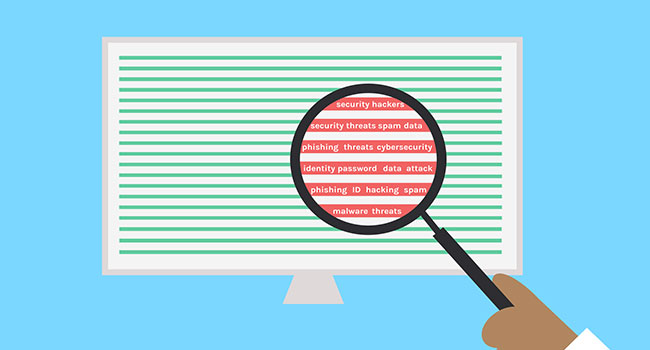
Cyber-Insurance Rates Soaring Thanks to Rise in High-Cost Ransomware Attacks
Insurers have made “dramatic” increases in premiums for cyber-insurance and are considering lowering the ransom amounts they will pay.
- By Haley Samsel
- Jan 24, 2020
Cyber-insurance rates are set to increase by as much as 25 percent thanks to insurance companies having to pay out expensive claims related to ransomware attacks, according to a Reuters report.
While ransomware attacks happened slightly less frequently in 2019 as compared to the year before, hackers are beginning to ask for higher payoffs and are doing more damage when they attack businesses or governments. Some cybersecurity experts have even gone so far as to blame insurance companies for exacerbating the problem, as many insurers would rather pay the ransom than deal with ongoing cybersecurity costs for their clients.
“The onus isn’t on the insurance company to stop the criminal, that’s not their mission,” Loretta Worters, a spokeswoman for the Insurance Information Institute, told ProPublica in August. “Their objective is to help you get back to business. But it does beg the question, when you pay out to these criminals, what happens in the future?”
Cyber-insurance premiums began to rise 5 percent to 25 percent late in 2019, Robert Parisi, the U.S. cyber product leader at Marsh & McLennan Companies, told Reuters. Policies often cover data recovery, legal liabilities and negotiators who can translate from hackers’ native languages, according to the report. Insurers have made “dramatic” increases but have not scaled back coverage, Parisi said.
Some insurers, like Sompo, are considering lowering the amounts they will pay for ransomware attacks against high-risk companies and require clients to pay 20 to 30 percent of ransomware claims, according to Reuters. Other insurance companies are thinking about making ransomware a separate product from general cyber-insurance coverage.
The high costs associated with ransomware attacks are also associated with the increasing amount of attacks on managed service providers responsible for the IT services of several companies, particularly hospitals and medical businesses. This means that one successful attack can encrypt sensitive data for dozens of facilities or companies at once, incentivizing the managed service provider to pay the ransom so that their clients can get access to crucial data as fast as possible.
In turn, malicious actors see that they can continue to raise ransoms and be rewarded by insurers and the desperate companies themselves.
While ransom payment can encourage attackers, it’s up to insurers to decide the cost-benefit analysis and make the right decision for all involved, according to Michael Lee, the city spokesman for Lake City, Florida, which was a ransomware attack victim in 2019.
“The insurer is the one who is going to get hit with most of this if it continues,” Lee told ProPublica. “It’s kind of hard to argue with them because they know the cost-benefit of [paying ransoms]. I have a hard time saying it’s the right decision, but maybe it makes sense with a certain perspective.”
Illustration courtesy of Ifrah Yousuf, via the Cybersecurity Visuals Challenge
About the Author
Haley Samsel is an Associate Content Editor for the Infrastructure Solutions Group at 1105 Media.